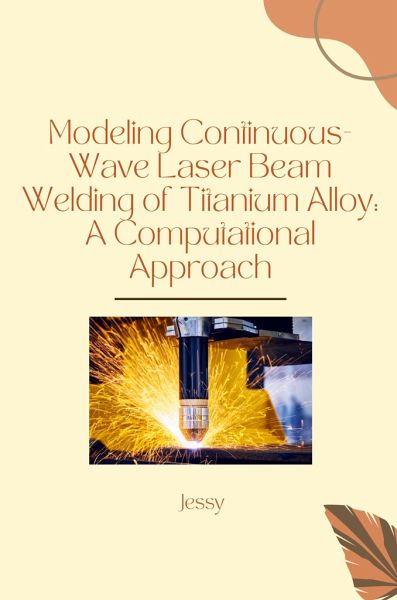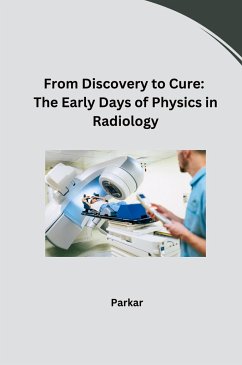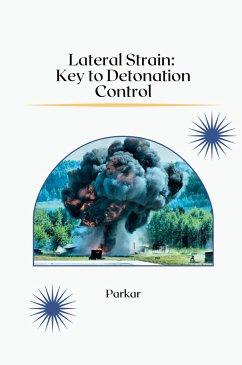
Modeling Continuous-Wave Laser Beam Welding of Titanium Alloy: A Computational Approach
Versandkostenfrei!
Versandfertig in 6-10 Tagen
28,10 €
inkl. MwSt.

PAYBACK Punkte
0 °P sammeln!
This licentiate book addresses an aspect of production technology that is metal processing through fusion. A challenge to take up in production technol-ogy is to develop sustainable manufacturing processes to save both material and energy consumption. A metal fusion heat source with high efficiency is laser beam. The industrial demand to increase the productivity and improve the robustness of high-power laser beam welding (LBW) and laser beam addi-tive manufacturing (LBAM) processes is driving huge research efforts towards the repeatability and reliability of the processes. Application of high...
This licentiate book addresses an aspect of production technology that is metal processing through fusion. A challenge to take up in production technol-ogy is to develop sustainable manufacturing processes to save both material and energy consumption. A metal fusion heat source with high efficiency is laser beam. The industrial demand to increase the productivity and improve the robustness of high-power laser beam welding (LBW) and laser beam addi-tive manufacturing (LBAM) processes is driving huge research efforts towards the repeatability and reliability of the processes. Application of high-power continuous-wave laser beam for metal fusion in areas such as welding and ad-ditive manufacturing (AM) has increased during the last years with rapid pace. Continuous-wave lasers have proven their great performance in terms of their stability and power output during processing. However laser metal fusion is very complicated, and more detailed physical understanding would improve this process. The aim of this licentiate book is to reach better model reliability and deeper understanding of continuous-wave LBW of a Titanium alloy (Ti-6Al-4V) in conduction mode through a Computational Fluid Dynamics (CFD) approach.














